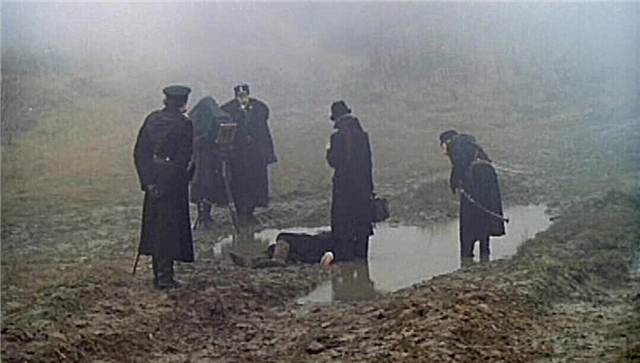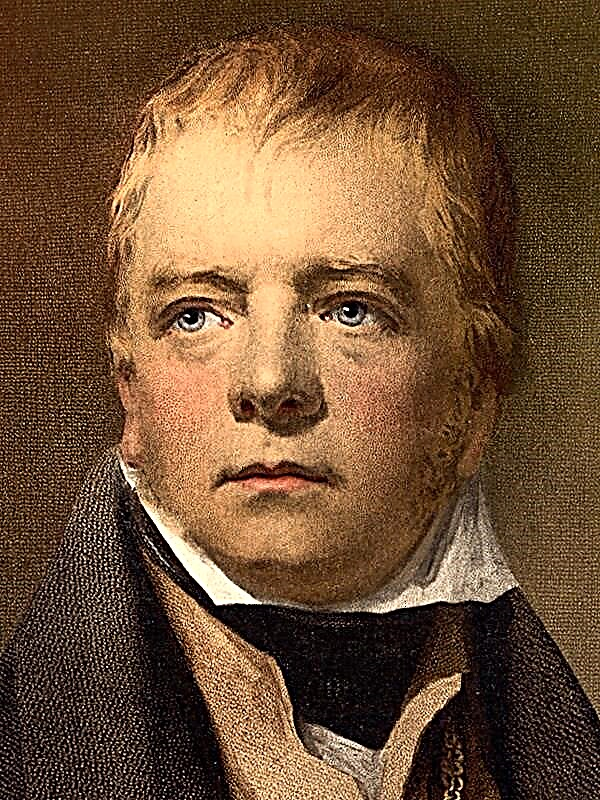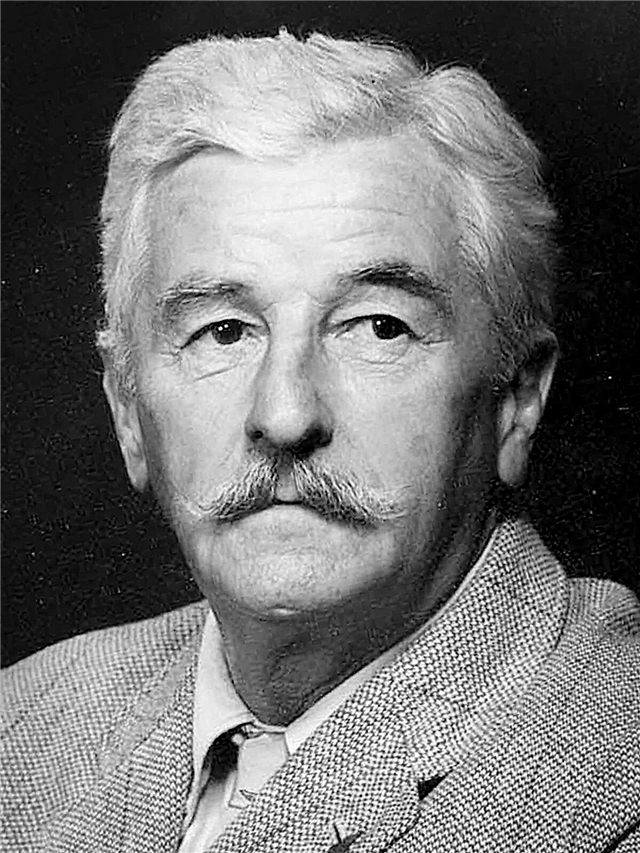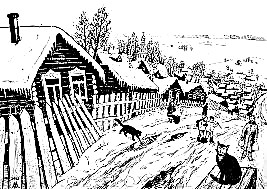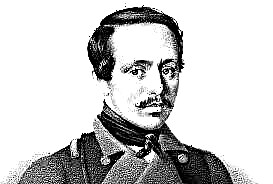Anna Andreevna Akhmatova is the greatest poet of the 20th century. She worked for more than 50 years, her poems have been taught and known for 4 generations. Her work cannot be divided into the period of professional poetry and the period of the test pen. Even the poetess's early lyrics are magnificent. She began to write as a child, and in 1911 her work was first published. Each subsequent work of Anna Andreevna revealed her more and more, she showed new facets of her skill, turned to new topics and motives.
History of creation
The poem "I learned to live simply, wisely" was written in 1912. At this time, Akhmatova did not live in the city, she was inspired by nature near a cozy house in her husband's estate, in Slepnevsky. Nature and then the young poetess helped for the first time to turn to philosophical topics, thoughts about the essence and meaning of life and this world.
It is also worth noting that initially the poem was not understood by the general public. The society of the 1910s did not yet feel the impending problems of Russia, but Akhmatova began to think about them. The work turned out to be somewhat gloomy and melancholy. The enlightened reader did not like this, so the poem was not published immediately.
Genre, direction and size
The poem "I learned to live simply, wisely" is an example of the early philosophical lyrics of Anna Akhmatova. She addresses eternal questions about the decay and transience of life, sad and joyful at the same time.
Already in the early period of her work, the poetess preferred the rules of acmeism. Anna Akhmatova considered the main point, and not the form, she did not want to overload the poems either in volume or in lexical content - she did not use complex metaphors, was not carried away by not always clear comparisons. Her lyrics were designed for everyone, both for the enlightened and for the illiterate reader. Lyrics for the whole Russian people.
The poem is written by iambic using a cross rhyme (ABAV). The use of this size is motivated, the poetess uses iambic as the most dynamic size of all the syllabonic-tonic, due to it a feeling of light and informal conversation with the reader is created.
Images and Symbols
The system of images and symbols in this poem cannot be called large-scale. The tradition of philosophical poetry somewhat obliges poets not to overload the work with many images in order to focus on the main image - the lyrical hero.
The image of the lyrical heroine in the poem is very pronounced, from the first lines we see her thoughts on the meaning of life, how the heroine lives, what her life is filled with. She does not torment herself with unnecessary anxieties, being in harmony with herself and what surrounds her. She satisfies her spiritual needs in faith. Peace and silence become her constant companions. Her solitude and self-concentration are so full that even a knock on the door, a manifestation of the outside world, cannot distract her. The poetess conveys the woman’s inner world through nature, therefore she (nature) becomes the second mainly lyrical work. This is a pacifying force that can give a person rest and the ability to immerse themselves.
Themes and mood
The mood of the whole poem is far from unambiguous - melancholy notes caused by reflections on the transience and perishability of life and the world are combined with the joyful emotions of a contented person who found himself in a secluded and quiet area.
- The main theme of the poem is the theme of transience of life. Everything passes quickly, so it is important to learn how to live wisely. The poetess describes the life style of her heroine, the way she spends her usual day. In this harmony, she finds time for self-knowledge, a place for herself. This is necessary for creativity, and there is no doubt that such a person will definitely have time to do something worthwhile in his lifetime.
- Theme of nature. It is impossible to read “unnecessary worries” in her soul, which God and the kingdom of great nature help her to cope with. The lyrical heroine finds peace in nature and even gains some joy and strength to begin to compose “funny poems” and enjoy a life that is beautiful, albeit perishable.
- Theme of loneliness. Sometimes a person just needs to be alone in order to understand himself and find his answers to eternal questions. In this poem, loneliness is not a punishment and curse of people, but their blessing, which allows you to find inner harmony.
Main idea
The main idea of the poem is to assure the reader that life, although fleeting, is still beautiful, you only need to try to look for happiness in the details. The lyrical heroine is a real woman who has her own anxieties and feelings. There can be a lot of bad emotions, but she was able to find a way out: nature and God bring her comfort.
The meaning of Akhmatova’s position in life is simple: in order not to become a hostage to her negative emotions, you need to open your soul to light and happy moods, look for them in the most ordinary things - a walk, a quiet evening alone with yourself, silent prayer.
Means of artistic expression
This poem is small in volume, so it can not be called a pantry of fine-expressive means.
The lyrical work contains a few, but very beautiful epithets - "unnecessary anxiety" - this emphasizes the attitude of the heroine and even the poetess to this feeling; “Perishable and beautiful life” is the main epithet of the poem, containing not only high imagery, but also the main idea of the work.



